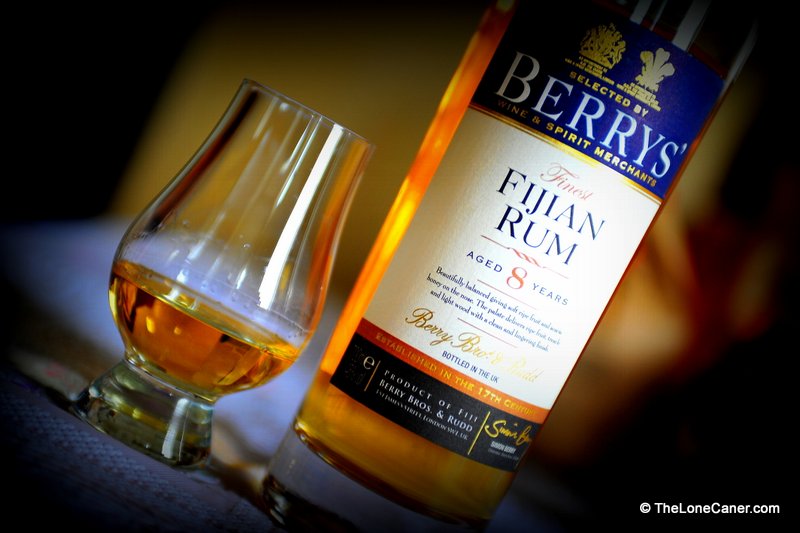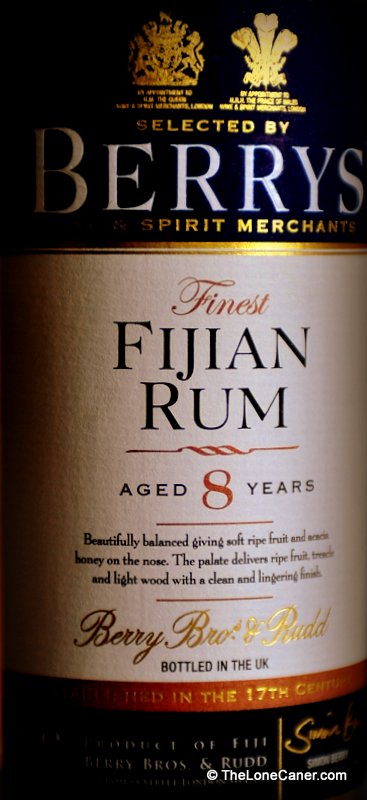If the author of some fictional novel that somehow included rum were to make mention of a South Sea island hooch made in Fiji, sourced from the Pacific island directly by an African expatriate living in Western Canada (by way of New Zealand), who gave it to a nomadic, vagrant, itinerant (and occasionally fragrant) West Indian to try, he would probably be sneered at for having an overactive imagination and told to stick with something more realistic. And yet, that’s exactly what this product is, and that’s exactly what happened.
To set the stage, I tried the rum (and its siblings) several times on a thoroughly enjoyable, tall-story-and-b.s.-filled afternoon in the company of the bottler, a friendly, well-known gent named Karl Mudzamba – he’s originally from Zimbabwe and now lives in Vancouver. The rum — his rum — was distilled on a pot still at the South Pacific Distillery in 2008, fully aged there, is a blend of nine casks and has an outturn of 1272 bottles. It is, as a point of interest, also the one that kicked off the small indie company called Bira! which Karl founded in 2019 to address his not unfounded conviction that Canada was not being served the tastiest and the mostest by the bestest – even in Alberta, which is probably the province with the widest rum selection in the country.
What Canadians got in 2020 when the rum was released – mostly only to them – was a rum of remarkable originality. Granted, there have been several indies issuing SPD rums – Compagnie des Indes, Samaroli, L’Esprit, Kill Devil, The Rum Cask, TCRL, Duncan Taylor, and Berry Bros. & Rudd have all done some bottlings over the years; some have been stronger and some have been older – yet few have the tags that characterised this one: pot still and full tropical ageing with a profile that teased and pleased and stayed on to deliver. Not since the peculiarly elusive and haunting power of the TCRL 8 Year Old have I had a rum from Fiji that made me spend so much time on one.
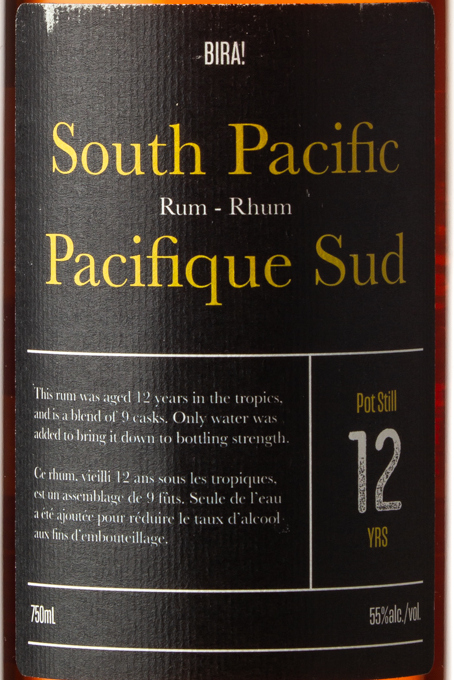 The nose, to start with, was lovely. 55% ABV made it hit something of a firm sweet spot, and it was dry and smoky to start, reminding me of roasted coffee beans, unsweetened chocolate with almonds, and toffee. It opened out to some thickly aromatic fruits – bananas, peaches and apricots set off with hints of pineapple and strawberries – before adding a last briny scent of olives. It wasn’t particularly sweet and had more than just a hint of a freshly disinfected hospital about it, which I hasten to add, was not unpleasant – just odd.It’s the combination that makes it all hang together, and work.
The nose, to start with, was lovely. 55% ABV made it hit something of a firm sweet spot, and it was dry and smoky to start, reminding me of roasted coffee beans, unsweetened chocolate with almonds, and toffee. It opened out to some thickly aromatic fruits – bananas, peaches and apricots set off with hints of pineapple and strawberries – before adding a last briny scent of olives. It wasn’t particularly sweet and had more than just a hint of a freshly disinfected hospital about it, which I hasten to add, was not unpleasant – just odd.It’s the combination that makes it all hang together, and work.
Much of this continued to be sensed on tasting it. This came in three distinct waves which swelled and subsided over time. First, those heavy fruits (apricots and peaches and kiwi) which now felt riper and juicier…more tart, if you will. Then muskier flavours of coffee grounds, chocolate, crushed almonds with some sharper tannins of oak influence, cinnamon and a touch of nutmeg. And lastly the salt-caramel ice cream, honey and slight iodine and rubber background which closed up the experience, leading to the long and fragrant finish. This last was particularly nice because it dispensed with any kind of sharpness and summarised the preceding experience without trying too hard to do anything new: there were just some fruits, some honey and some medicinals – all of which was dry and almost astringent, but fortunately not bitter.
What emerged out of this tasting session (as well as from everything else from Bira! I tried that afternoon), was the conviction that aside from being one of the first independent bottlers of rums in Canada, Karl knows how to pick ‘em, and indeed, he did his research on Fiji and knew the various releases that were out there, from other independents. Fiji rums have always been a bit hit and miss depending on who’s picking, where it’s been aged and the still that made it. By going straight to the source and bypassing brokers, by ensuring the barrels were selected according to his own desires and visions, Karl has issued a well-rounded, tasty, complex rum of excellent quality, and best of all, it’s not one I have to get a plane ticket to Europe to find. If this is what one potential future aspect of the Canadian rum scene is, I may have returned at just the right time.
(#997)(86/100) ⭐⭐⭐⭐
- Karl Mudzamba clearly has a penchant for going his own way. While most new independents who source their rum stock start the exercise with a recognizable Name (Barbados, Guyana and Jamaica are old stalwarts and long-favoured choices, as Holmes Cay for one has demonstrated) so as to ensure initial name recognition and sales, then make an effort to see they are repped in the EU and US almost as a given, Karl has done nothing of the kind. His first release was this one from South Pacific Distilleries, and he sourced it not from Europe, but directly from Fiji. Moreover, he also wanted it to be a completely unaged white rum, but Canada being what it is, with liquor laws predating the Flood and about as hard to turn as the ark itself, unaged rum cannot be imported. So he went with his second choice, and I’m not unhappy that he did so.
- The Bira ceremony is one practised by the Shona people of Zimbabwe: it is a dusk to dawn celebration, a ritual, in which members of an extended family or clan get together, and with the use of music and dance, ask ancestral spirits to come into the world of the living. When the spirits come they take over the body of the spirit medium – usually an elder of the family – and act as an intermediary between the participants and the spirits of those who have passed on, or even the Creator. The ceremony is composed of singing, dancing, hand clapping and sometimes traditional musical instruments (drums, gourd shakers), and one consistent feature is to use music favoured by the departed to entice them to participate.
- So far the small company has three releases out there: the South Pacific rum we discuss here, and two aged cane juice varietals from Mhoba. They’re all quite good.
- The stylized Bira dancer on the label was added after the South Pacific issue, and is now the logo of the company brand.
- Other references are:
- Rum Revelations – 2021 Interview with Karl, and a review of the South Pacific
- Quebec Rhum – 2022 backgrounder, and notes on the three rums of the line
- Bira! Rum Homepage
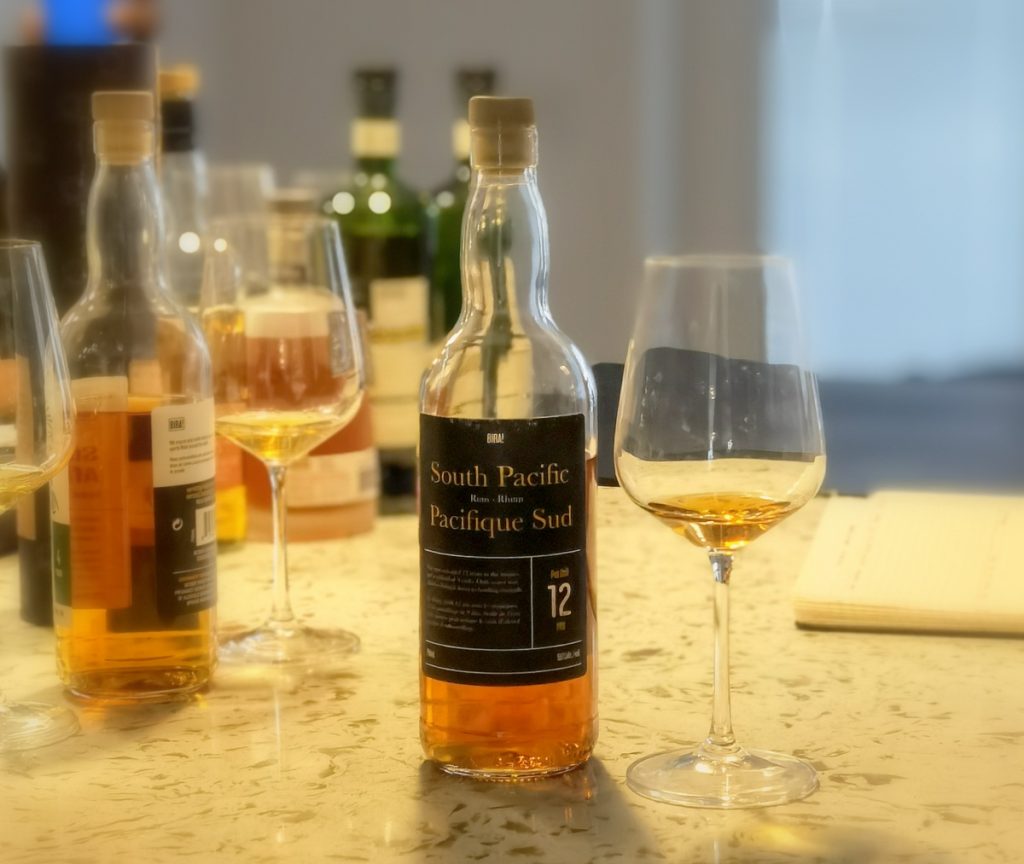

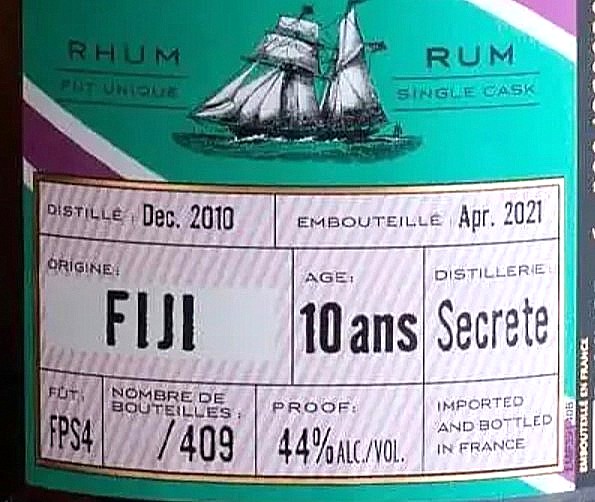
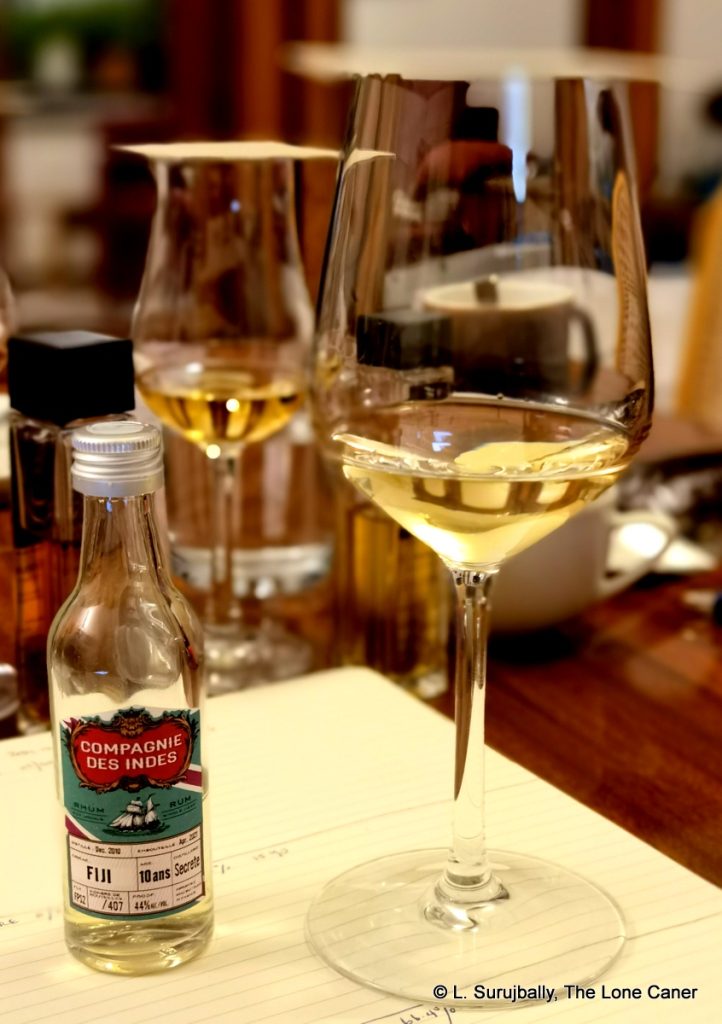
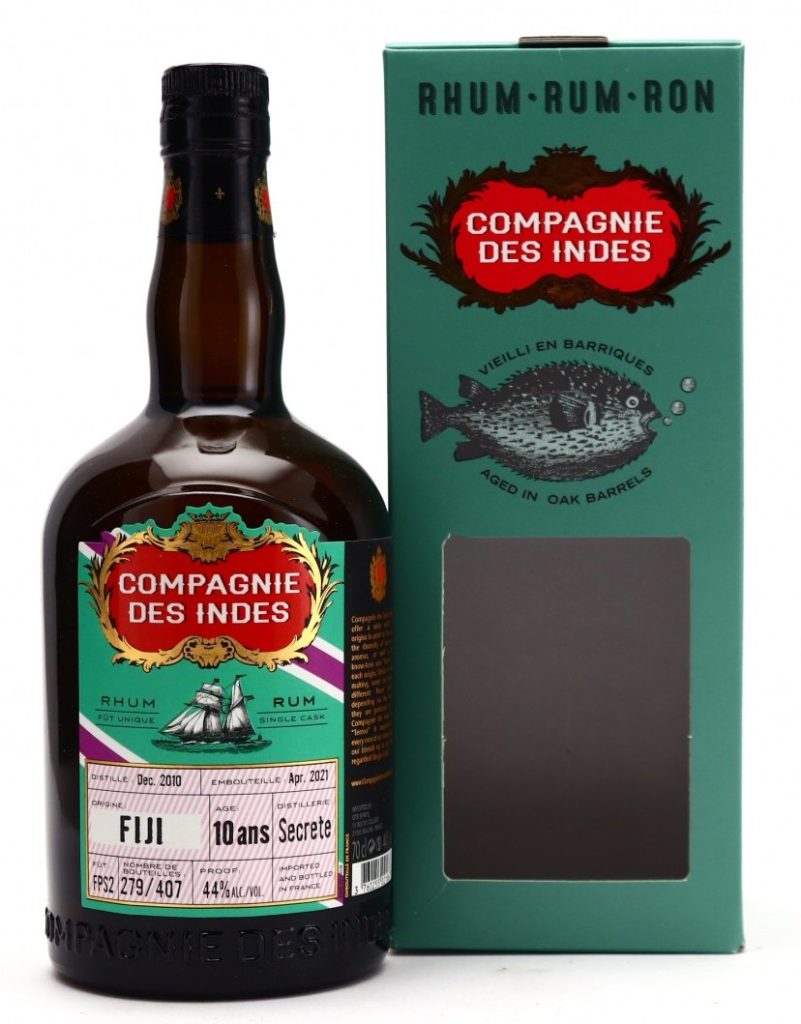
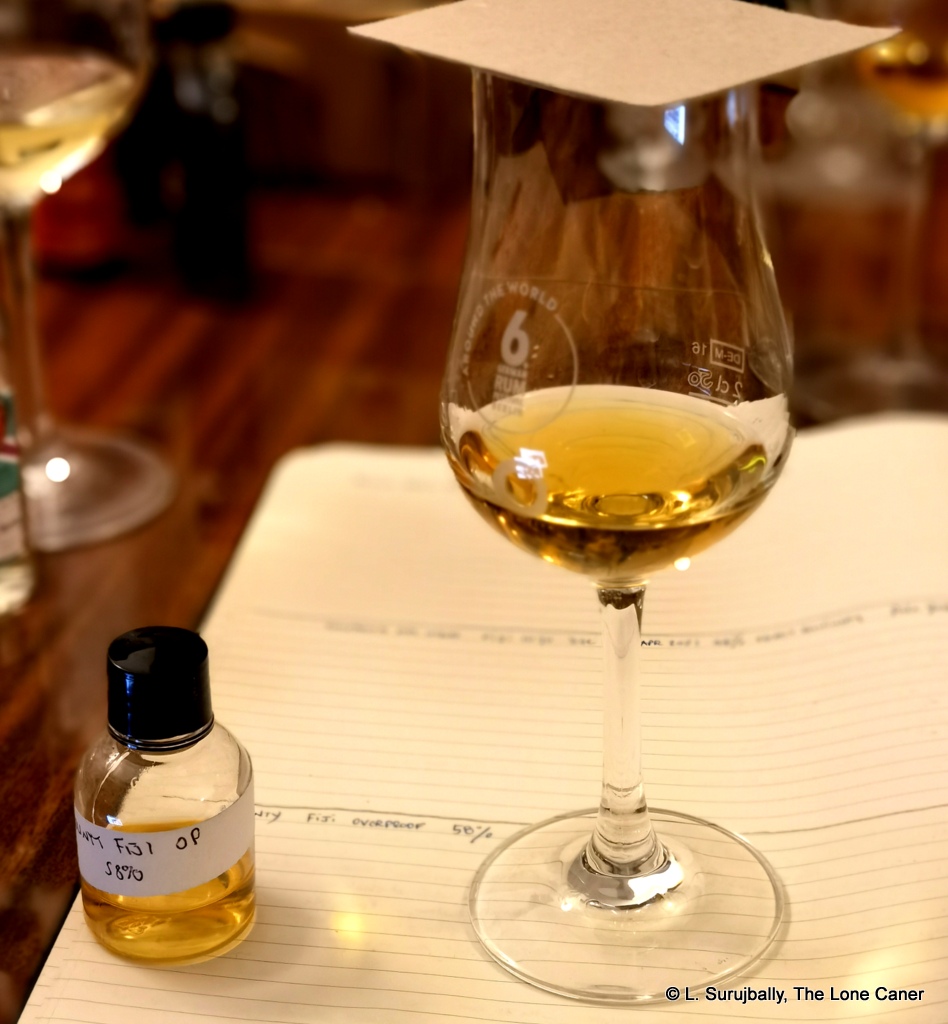
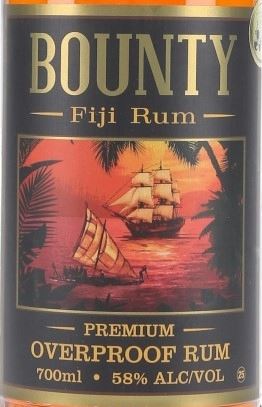
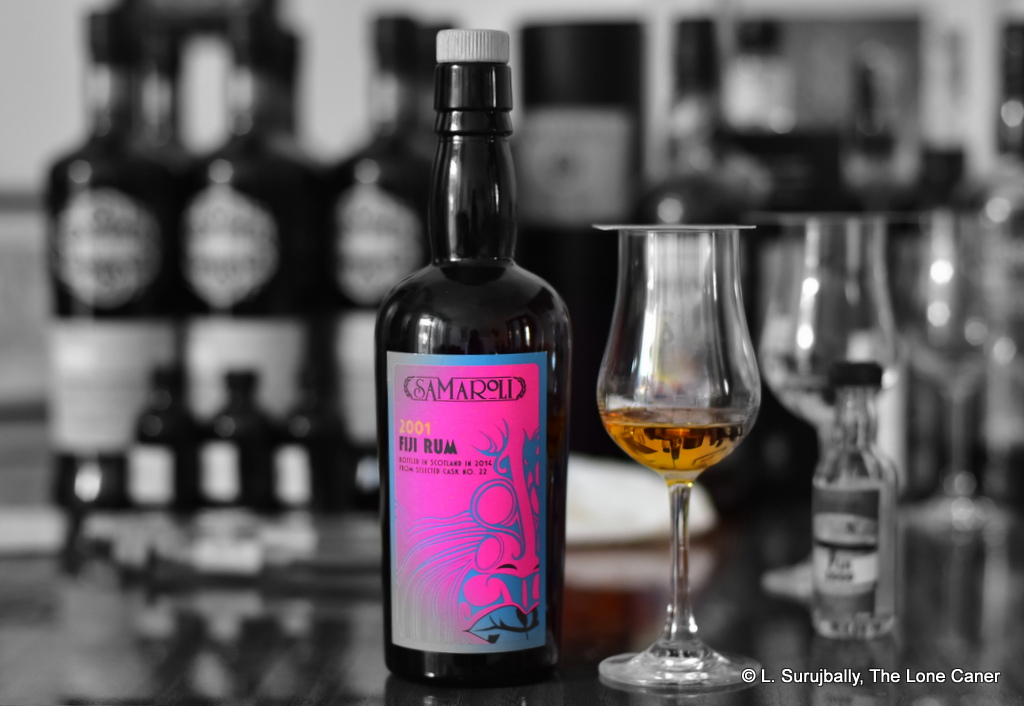
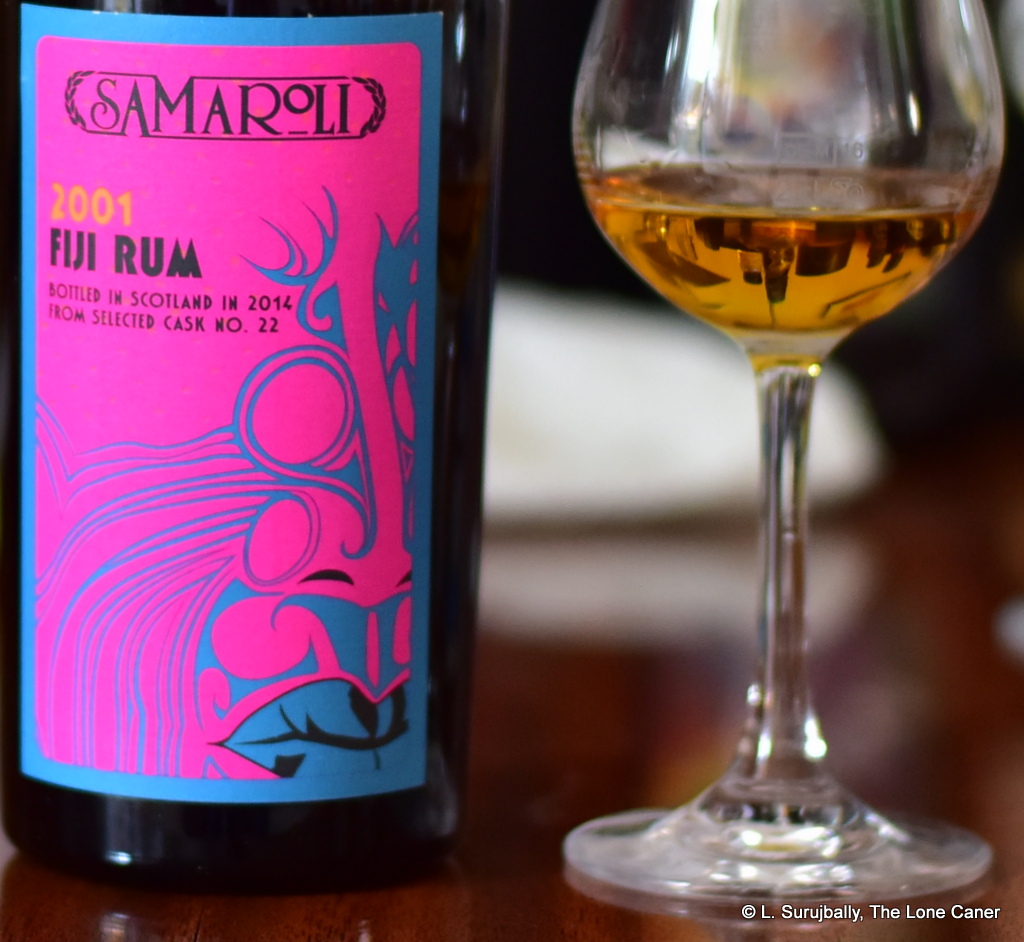
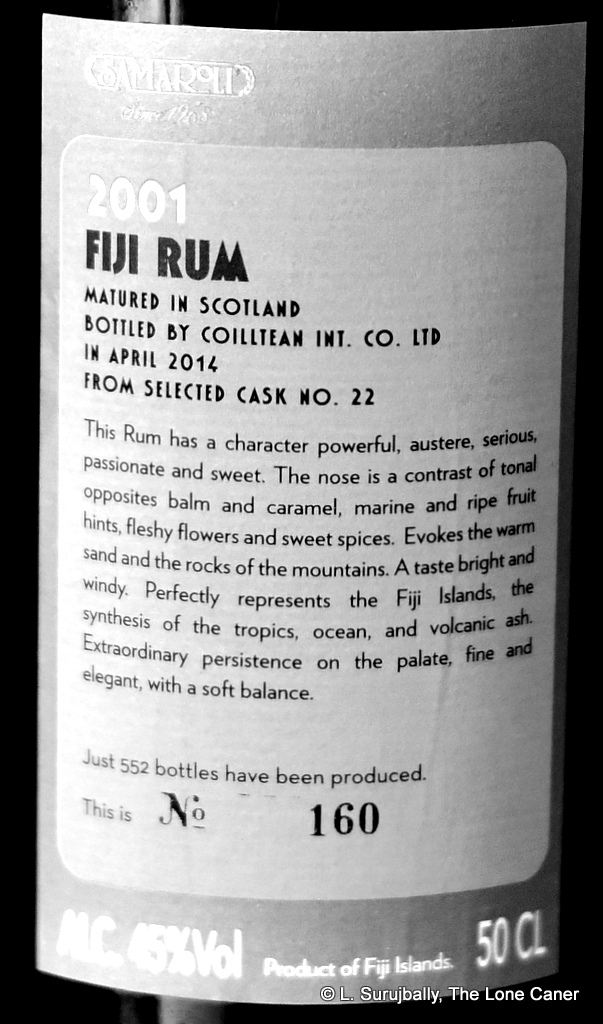
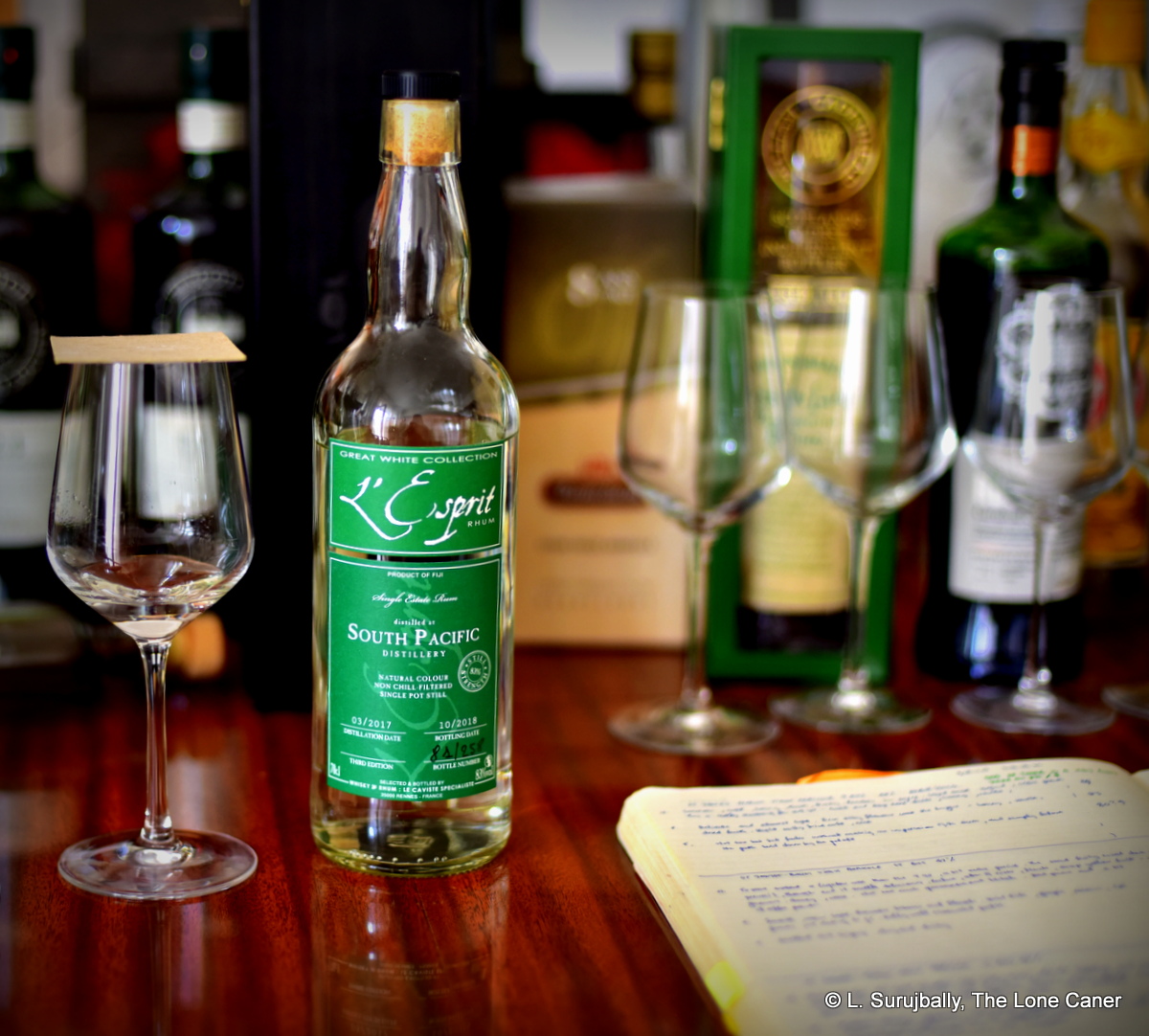
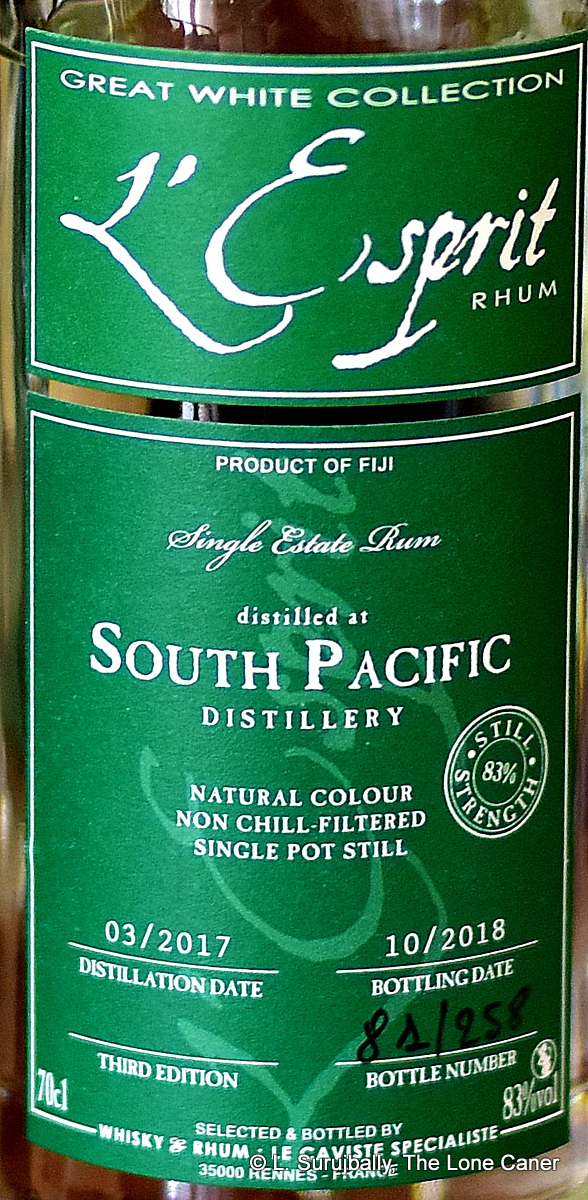 Whatever the case, the rum was as fierce as the Diamond, and even at a microscopically lower proof, it took no prisoners. It exploded right out of the glass with sharp, hot, violent aromas of tequila, rubber, salt, herbs and really good olive oil. If you blinked you could see it boiling. It swayed between sweet and salt, between soya, sugar water, squash, watermelon, papaya and the tartness of hard yellow mangoes, and to be honest, it felt like I was sniffing a bottle shaped mass of whup-ass (the sort of thing Guyanese call “regular”).
Whatever the case, the rum was as fierce as the Diamond, and even at a microscopically lower proof, it took no prisoners. It exploded right out of the glass with sharp, hot, violent aromas of tequila, rubber, salt, herbs and really good olive oil. If you blinked you could see it boiling. It swayed between sweet and salt, between soya, sugar water, squash, watermelon, papaya and the tartness of hard yellow mangoes, and to be honest, it felt like I was sniffing a bottle shaped mass of whup-ass (the sort of thing Guyanese call “regular”).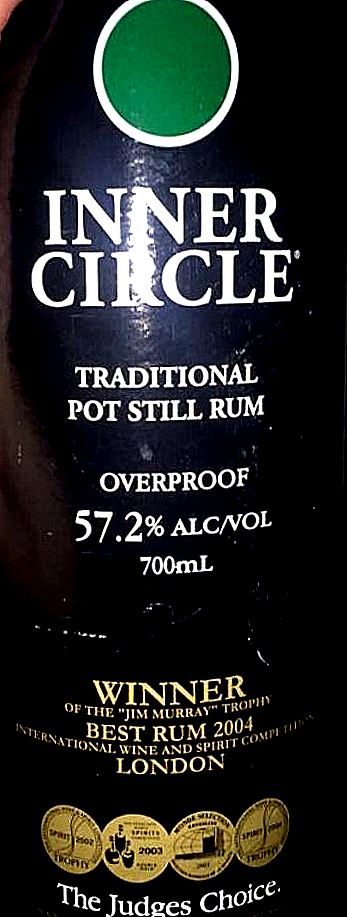 Rumaniacs Review # 096 | 0617
Rumaniacs Review # 096 | 0617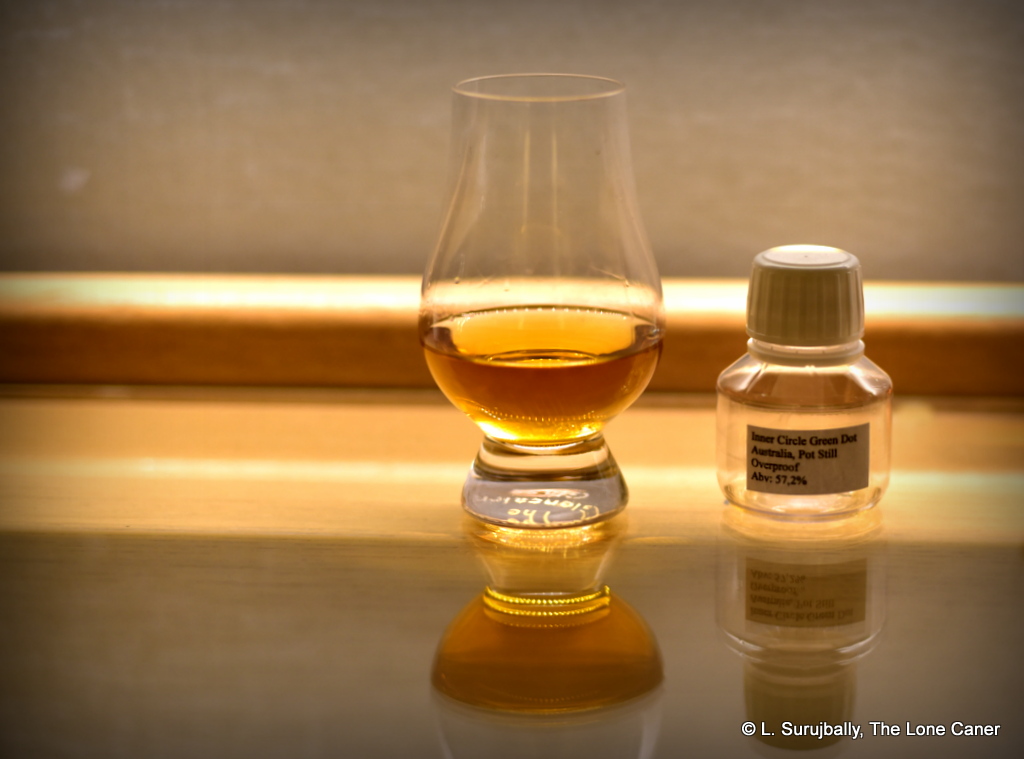
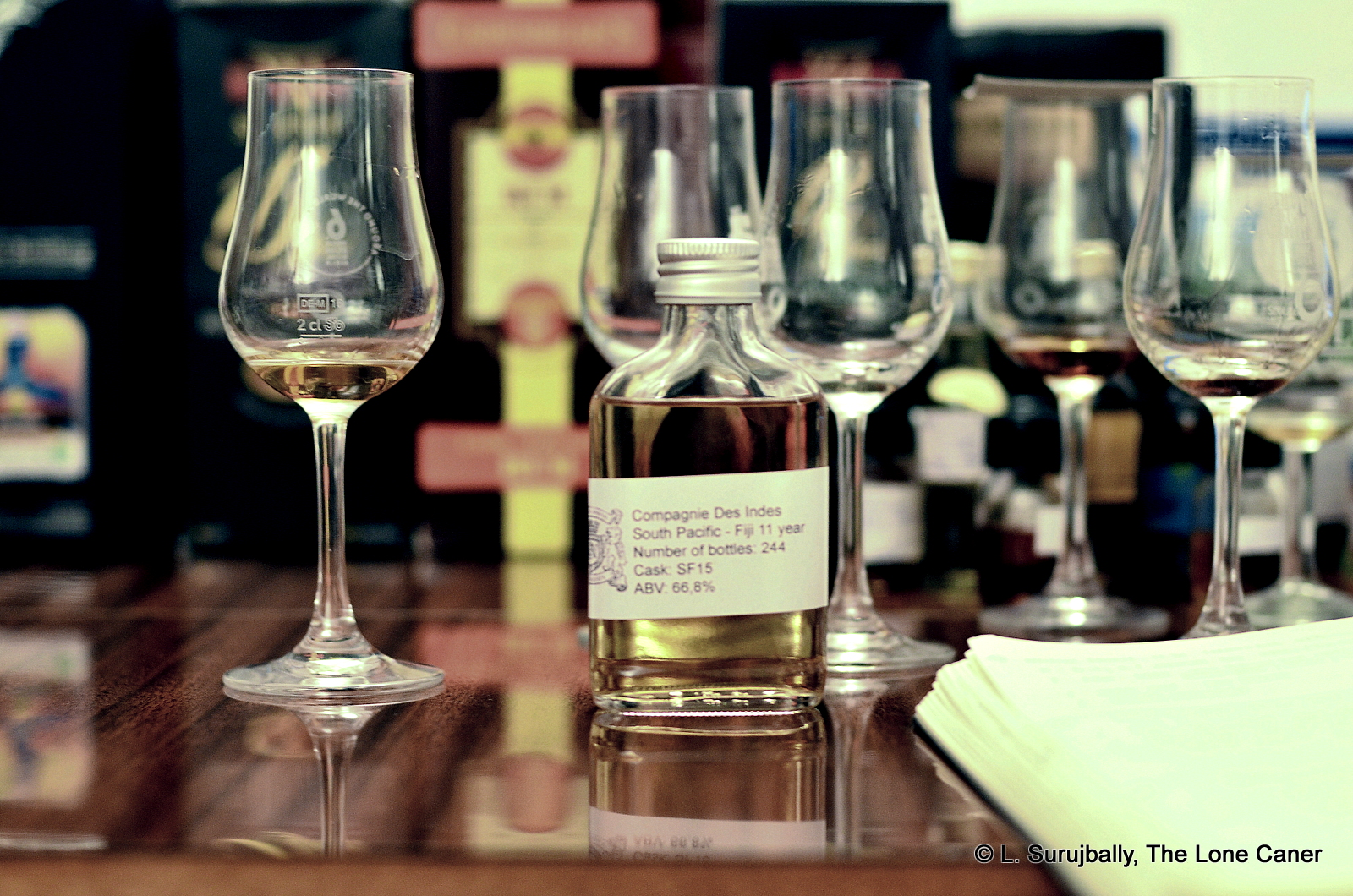
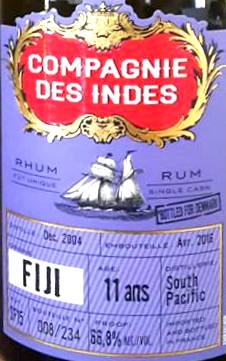 It was obvious after one tiny sniff, that not one percentage point of all that proofage was wasted and it was all hanging out there: approaching with caution was therefore recommended. I felt like I was inhaling a genetically enhanced rum worked over by a team of uber-geek scientists working in a buried government lab somewhere, who had evidently seen King Kong one too many times. I mean, okay, it wasn’t on par with the
It was obvious after one tiny sniff, that not one percentage point of all that proofage was wasted and it was all hanging out there: approaching with caution was therefore recommended. I felt like I was inhaling a genetically enhanced rum worked over by a team of uber-geek scientists working in a buried government lab somewhere, who had evidently seen King Kong one too many times. I mean, okay, it wasn’t on par with the 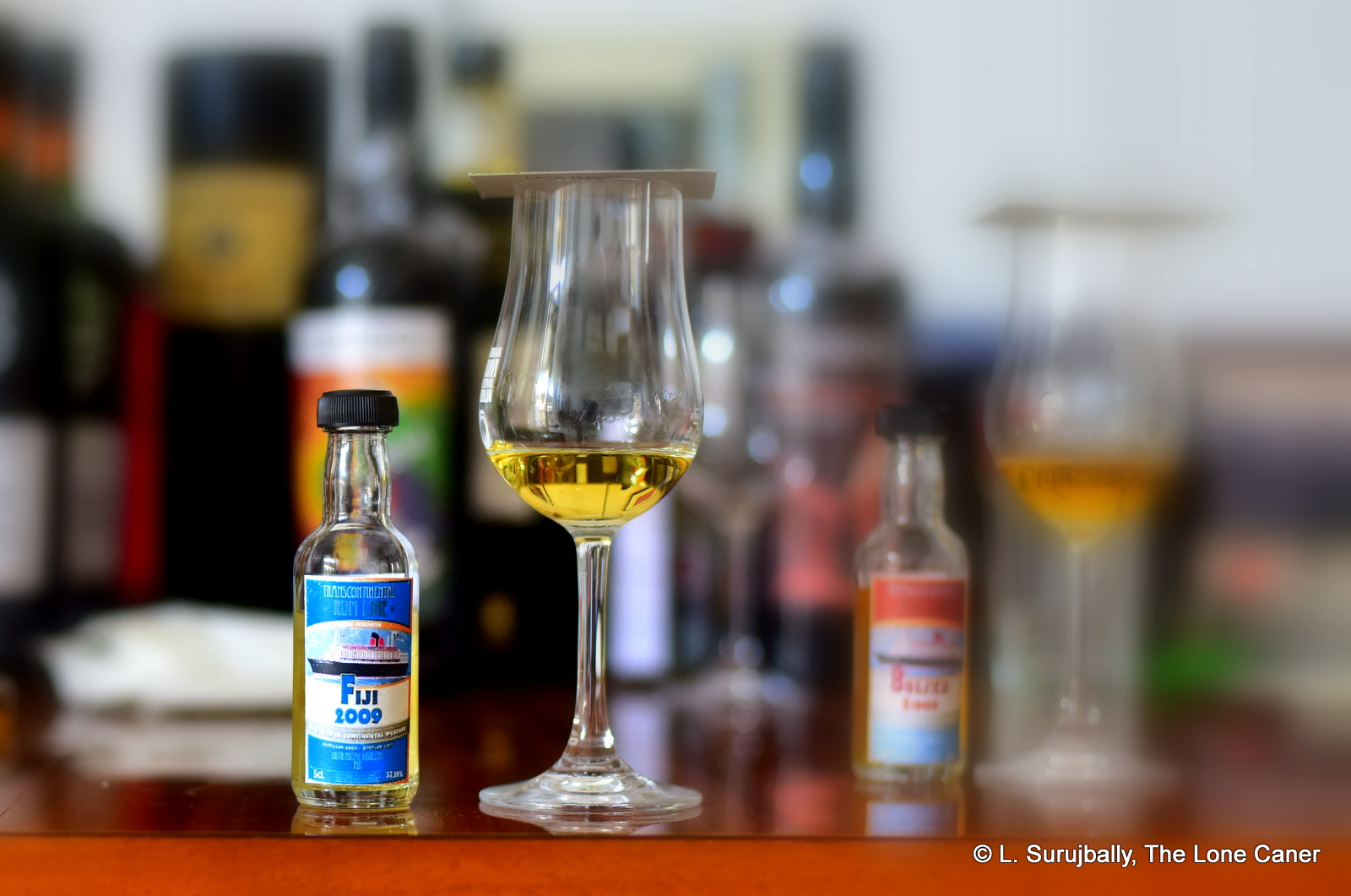
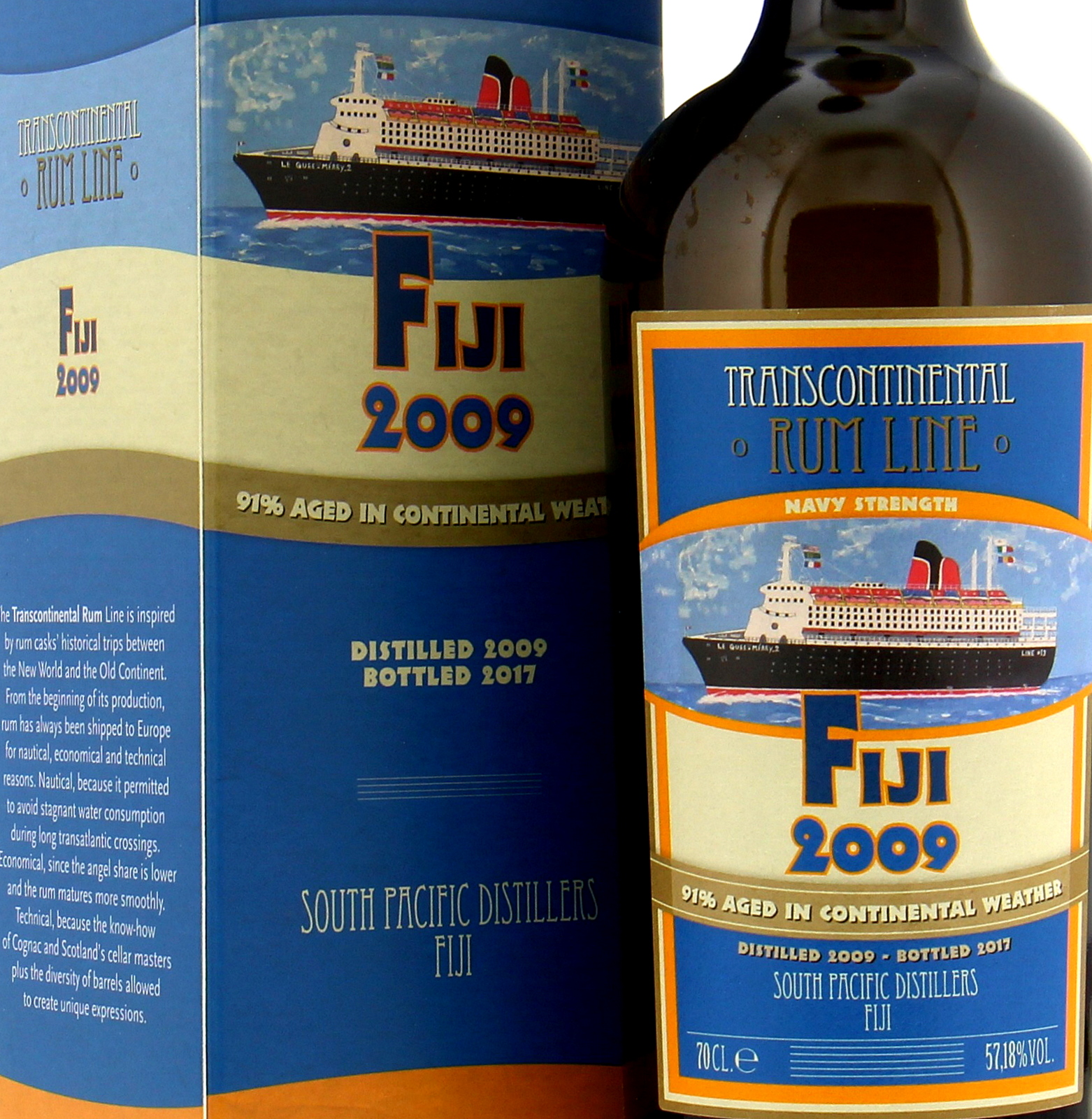 That said, the still which produced this pale yellow 57.19% ABV rum remains an open question, though my personal belief is that it’s a column still product. It certainly noses that way – aside from presenting as a fierce little young rum, it lacks something of the depth and pungency of a pot still spirit. However, that doesn’t matter, because it’s damn fine on its own merits – brine, olives, paint, turpentine, acetones, fresh nail polish, more brine and gherkins, and that’s just the beginning. It has aspects that are almost Jamaican, what with a bunch of prancing dancing esters jostling for attention, except that the smell is not so crisply sweet. It develops very nicely into smoke, leather, linseed oil for cricket bats, more brine and oily smoothness. Like a set of seething rapids finished with the messing around, it settles down to a much more refined state after half an hour or so.
That said, the still which produced this pale yellow 57.19% ABV rum remains an open question, though my personal belief is that it’s a column still product. It certainly noses that way – aside from presenting as a fierce little young rum, it lacks something of the depth and pungency of a pot still spirit. However, that doesn’t matter, because it’s damn fine on its own merits – brine, olives, paint, turpentine, acetones, fresh nail polish, more brine and gherkins, and that’s just the beginning. It has aspects that are almost Jamaican, what with a bunch of prancing dancing esters jostling for attention, except that the smell is not so crisply sweet. It develops very nicely into smoke, leather, linseed oil for cricket bats, more brine and oily smoothness. Like a set of seething rapids finished with the messing around, it settles down to a much more refined state after half an hour or so.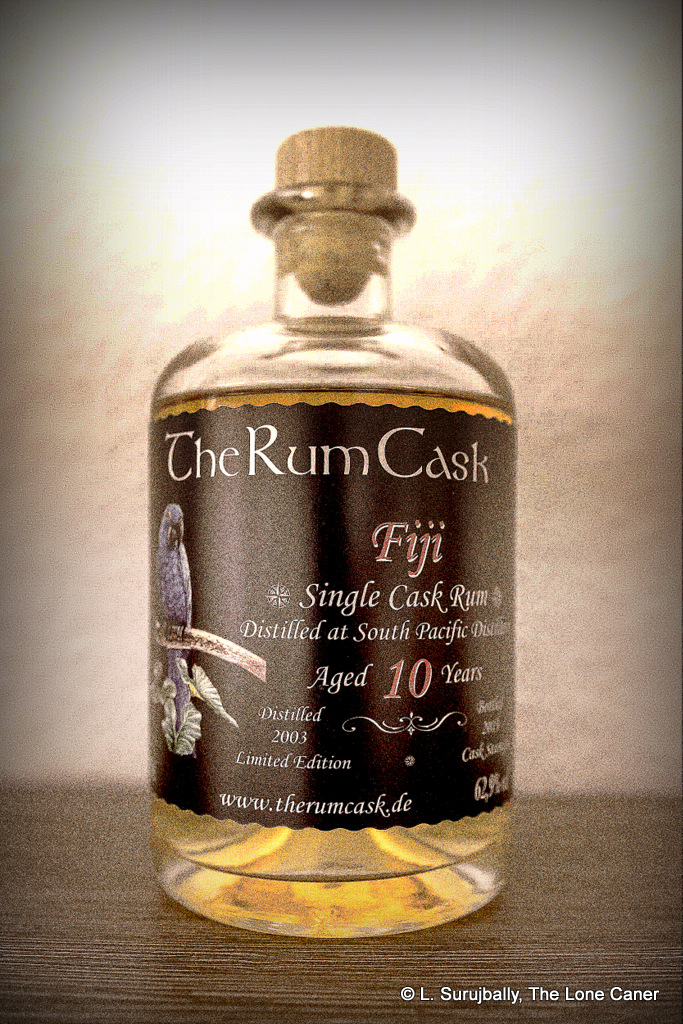

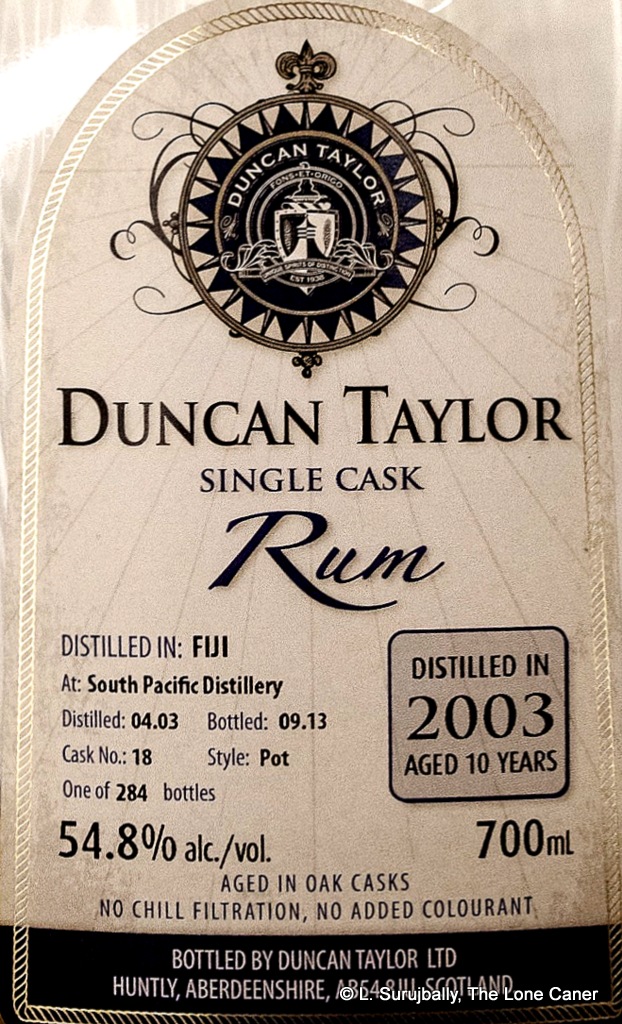
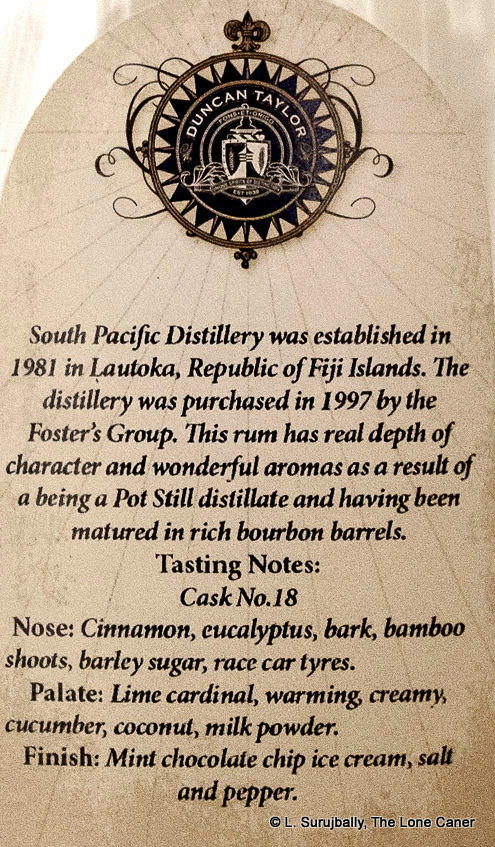
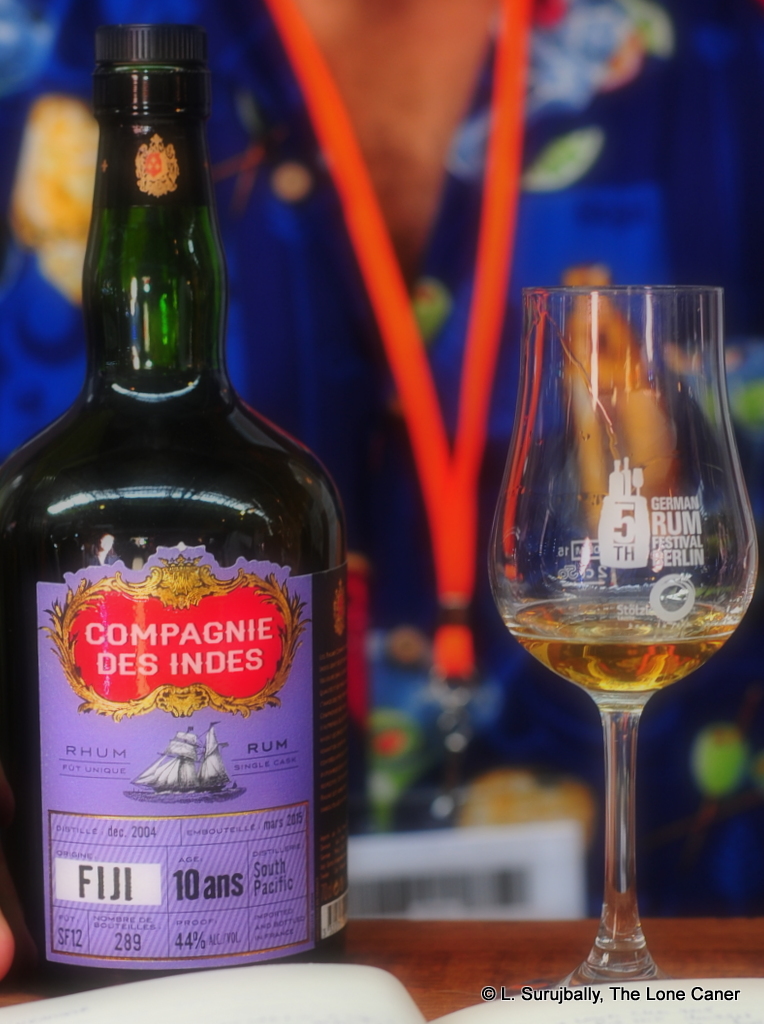
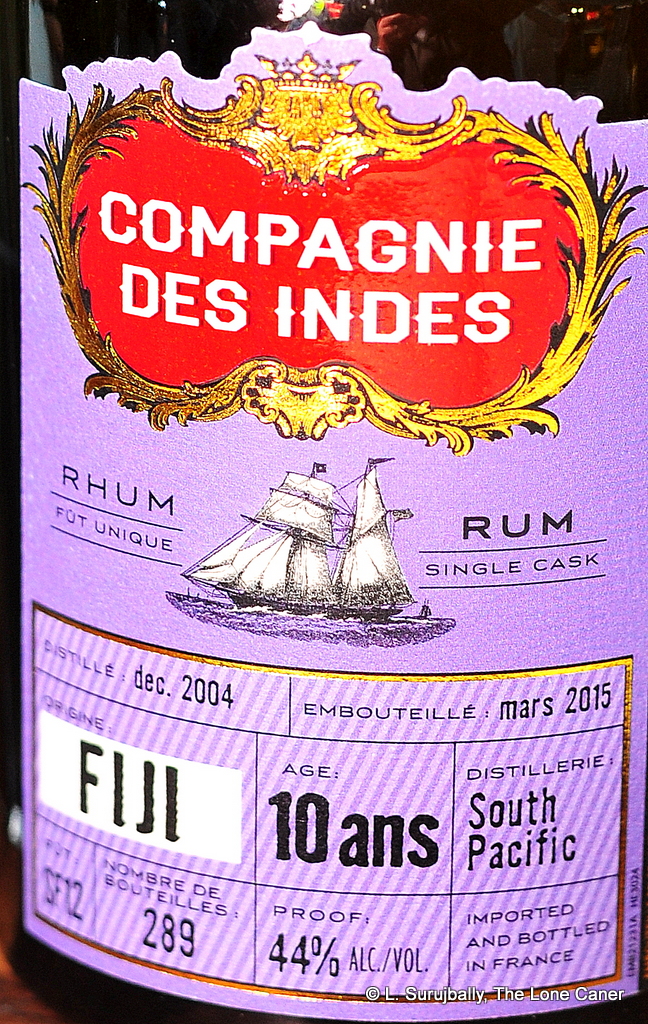 palled my enjoyment somewhat.
palled my enjoyment somewhat.